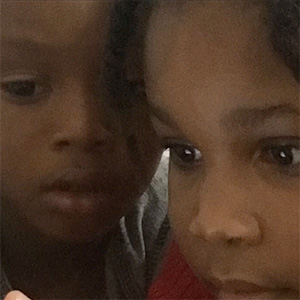Digital storytelling combines first-person narrative storytelling with digital media—images, video, sound, and music—to create short, emotionally resonant stories. Unlike mass media narratives, digital stories are deeply personal, often exploring pivotal life experiences told in the storyteller’s own voice.

Although we collaboratively design each custom digital storytelling workshop with our clients, there are a few core elements of the process in almost every workshop. Each participant will:
* Write a story reflecting on a decisive moment from their life
* Share their story in a group story circle for feedback and support
* Record themself narrating their story
* Learn to combine narration with personal media elements like photographs, video clips, or music
* Work one-on-one with facilitators for guidance and support
* Share their completed digital story in a group screening at the end of the workshop


The first-person voice grounds a digital story in authenticity, intimacy, and emotional truth. The most powerful stories emerge when individuals reflect on transformative or pivotal life moments: experiences of loss, resilience, discovery, or change. Such stories build empathy by inviting audiences into lived experience rather than abstract commentary. First-person narrative resists institutional or generalized messaging; instead, it centers individual agency and meaning-making.

Collaboration lies at the heart of digital storytelling. In the story circle, participants practice deep listening, give supportive feedback, and refine their narratives in dialogue. This communal exchange fosters trust and courage, enabling storytellers to voice transformative experiences. The process democratizes authorship, ensuring that storytelling is not only about producing a digital artifact, but also about building collective empathy and social connection.

Digital stories produced in an organization's workshop become powerful assets for both internal growth and external impact. Internally, sharing personal stories fosters empathy, trust, and stronger connections among employees, helping to build inclusive workplace cultures. Externally, digital stories provide authentic voices that demonstrate the organization’s impact in ways statistics cannot. They can be used to collect qualitative data or shared with funders, clients, and the broader community to inspire support, build credibility, and increase visibility.

Nonprofit Organizations can use digital storytelling to humanize their mission, engage stakeholders, and amplify client voices. Digital stories work well in fundraising, advocacy, volunteer recruitment, and training.
Government agencies can use digital storytelling to humanize services, increase transparency, and build trust. By collecting stories from citizens and frontline workers, agencies can better understand lived realities and demonstrate accountability.
Higher education institutions use digital storytelling to enhance teaching, research, and community engagement. Faculty integrate digital stories into coursework to support reflective learning, and multimodal literacy. Students craft stories that connect personal experiences with academic knowledge, deepening learning and fostering empathy.
Public health organizations use digital storytelling to elevate community voices, reduce stigma, and promote behavior change. Personal stories about health journeys—living with HIV, navigating maternal health, or coping with chronic illness—humanize issues often buried in statistics.